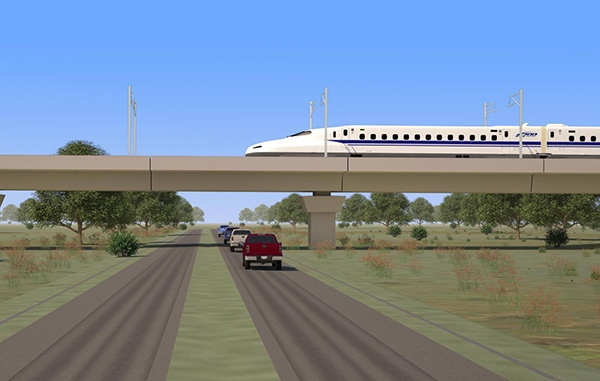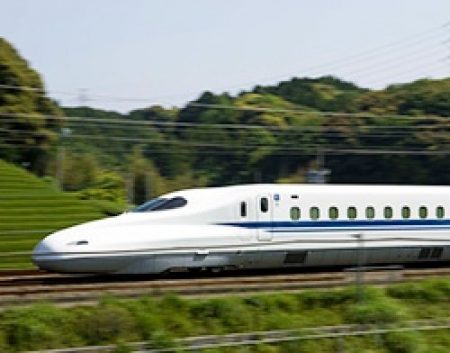Construction Industry News: High-Speed Rail Project in Texas Move Closer to Reality with Major Contract Awarded
In September of 2019, Texas Central announced the signing of a Design-Build contract with a joint venture partnership of the Italian-based Salini Impreglio (one of the largest civil engineering contractors in the world) and its U.S. Subsidiary Lane Construction Corp. related to a planned high-speed rail project which would connect Dallas, the Brazos Valley and Houston, TX.
The project, which is still in the planning and permitting phase, is projected to cost $20 billion to build. According to Texas Central (the developer), the new contract includes the continuation of early engineering design and pre-construction services such as strategy, logistics, cost analysis and scheduling—building on services that the Salini-Lane joint venture has already been providing. New work will reportedly include the design (and future construction) of viaducts and embankments along the route, the track system, and related maintenance / equipment buildings.
Some interesting facts about the project include:
- The high-speed rail project would enable a 90-minute trip between Dallas and Houston (a 235-mile trip which takes more than 3.5-4+ hours by car)
- The train technology planned for the project is based on Central Japan Railway's Tokaido Shinkansen train system which is a high-speed rail system that has been in operation for more than 50 years, transporting more than 10-billion passengers, with a perfect track record in terms of no passenger fatalities or injuries from its operations
- The specific train technology referenced, Taokaido Shinkansen's 6th-generation N700s train (scheduled to debut in time for the 2020 Summer Olympics in Japan), can reportedly reach a top speed of more than 220 mph
- The project will use three times the concrete that was required to build the Hoover Dam
- The project plan calls for no at-grade crossings along the route, which will help to eliminate the chance that motorists or pedestrians will ever cross paths with the train
According to the developer, the train will not share tracks with any other rail line and will run on dedicated northbound and southbound tracks. The project could create more than 10,000 jobs per year during peak construction and more than 1500 permanent jobs once completed. The developer has reportedly acquired 30% of necessary land parcels along the route.

Previous generation of high-speed N-700 train traveling at more than 186 mph through a station in Himeji, Japan.

Rendering from the project developer showing planned elevated tracks for Texas High-Speed Rail Project.
